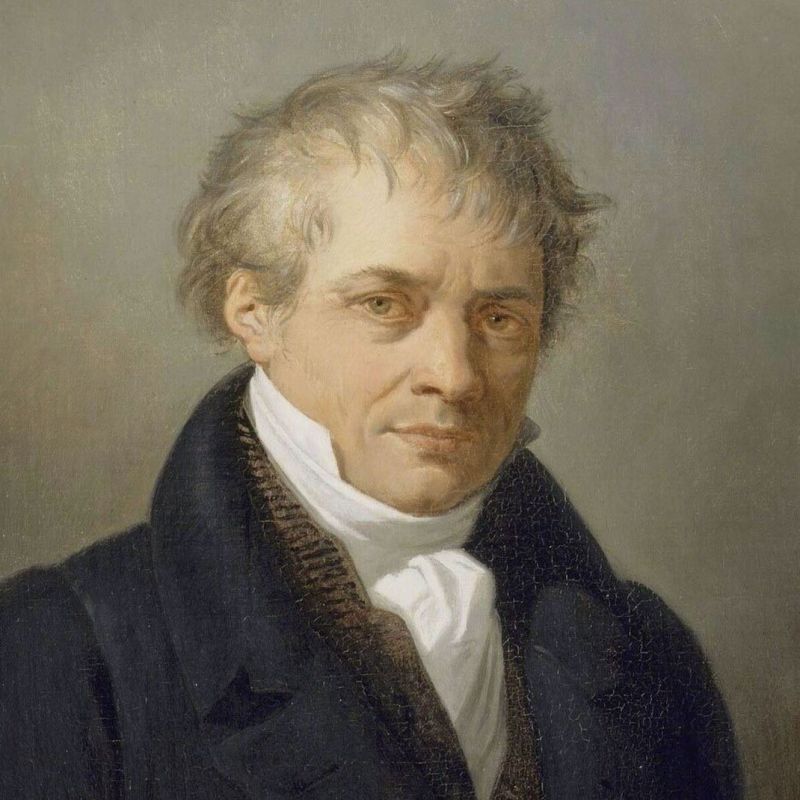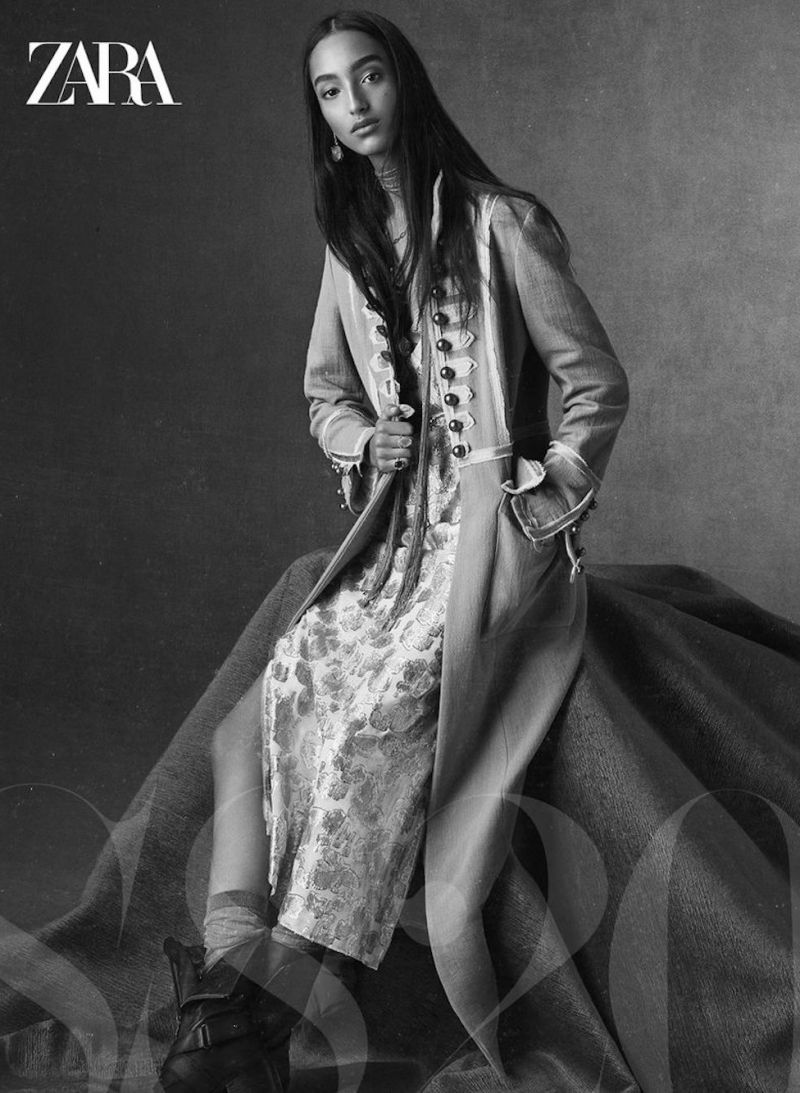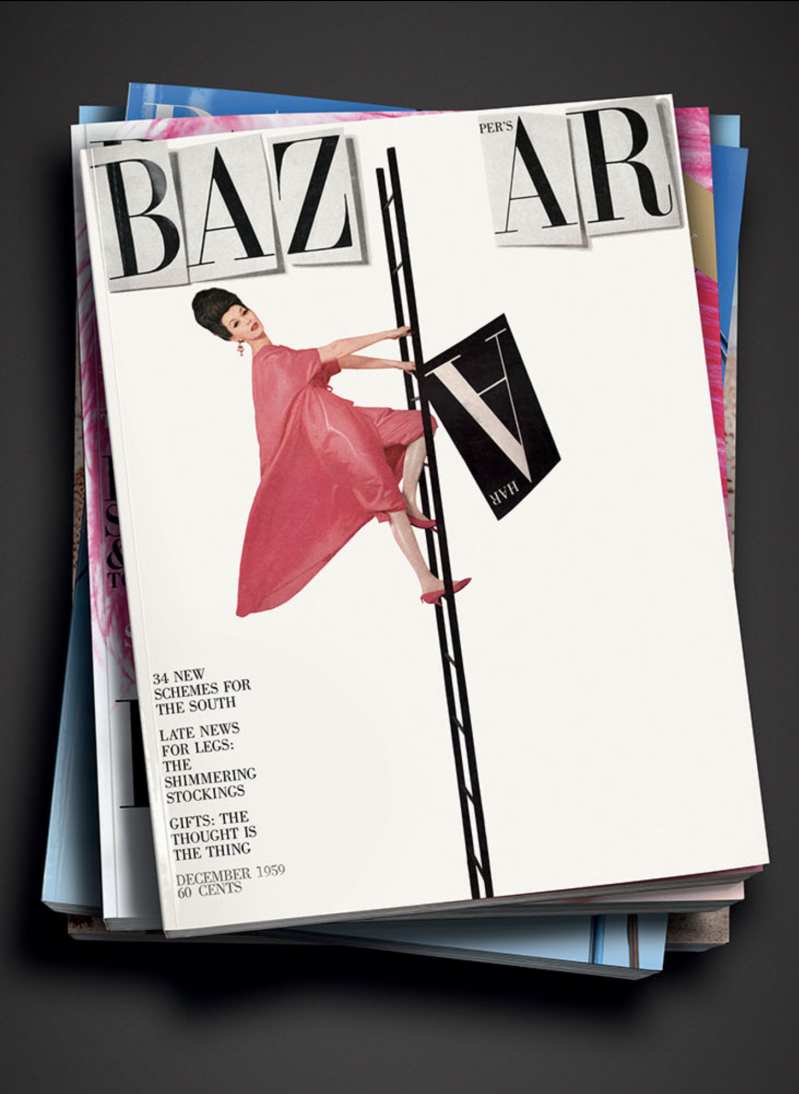JOIN the AFICIONADOS
To receive our world of travel and style delivered straight to your inbox.
Although today we take for granted the myriad design tools, fonts and typefaces that allow our creativity and imagination to shine through the typed word, have you ever wondered where it all began? Meet the family whose lasting legacy is the font group known, appropriately, as the Didot fonts; typefaces formed during the period of 1784–1811 by a family of book publishers helmed by patriarch François Didot, born in 1730 who owned a bookstore and was famed for his perfection in printing intricate books adorned with maps and engravings. He also invented a new printing press and created a sizing system for the typefaces – a standardised ‘point’ that later became called a ‘didot’ after François Didot himself.
By its third generation, Firmin Didot (14 April 1764 – 24 April 1836) imbued with generations of publishing knowledge and expertise before him, pushed forward the limitations of book and newspaper printing with his invention of a new stereotype, which speeded up printing.
He was also the pioneer who is acknowledged to have designed ‘modern’ typefaces – where thick and thin lines are shaped by narrows serifs on the end of letters, today known as a group of modern typefaces called Didone. He was inspired by the Baskerville font – created by John Baskerville (1706–1775) who made serifs more pronounced, and the letters rounded, moving away from replicating scribe in manuscripts. Firmin Didot develop the font adding more contrast to the strokes and serifs.

In Athens, there is the Didotou Street named after Firmin Didot, who was a passionate philhellene and was one of the first to establish a printing press in the newly independent Greece and typefaces in the style of Didot have remained popular in Greek since. There is even a hotel inspired by his gentle, worldly character, Monsieur Didot in Athens.
His brother Pierre Firmin used the font to print an edition of La Henriade by Voltaire in 1818 – to wide acclaim.
Firmin Didot is credited, alongside Giambattista Bodoni, for creating the Didone (Modern style of Serif typefaces). A modern-day example of Firmin Didot’s discovery, widely-known, is the cover of the magazine Vogue – the title is a modification of the Linotype Didot font. Day-to-day use, choices that influence our decisions in Word are descended from Didot font – those who like classic serifs pick Times New Roman, Garamond and Georgia. Although, like many design devotees, we all have our favourite fonts – and some of us can tell a lot about a person by the font they pick. Fonts - as important in the 21st century as they were in Didot’s day.

